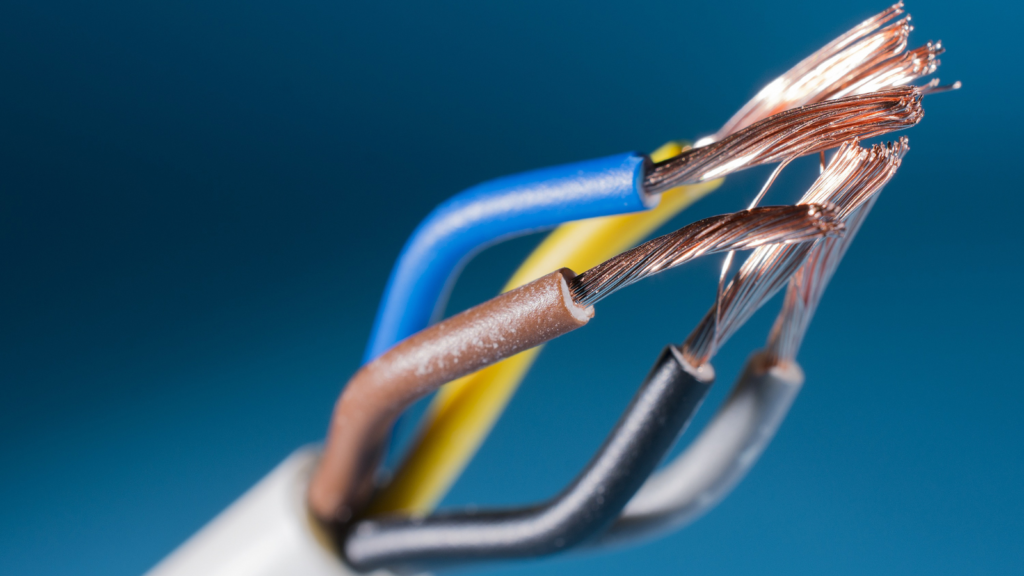At an investor day this month, Charter Communications revealed a number of updates about its overall operational strategy, including details on a $5.5-billion network upgrade plan that it says will ultimately yield wireline broadband speeds up to 10 Gbps.

Impact: Charter executives, including new CEO Chris Winfrey and product and technology head Rich DiGeronimo, described how the cable operator plans to upgrade its hybrid fiber-coax network to deliver symmetrical muti-gigabit broadband speeds by the end of 2025. The plan as outlined puts Charter on a very similar network upgrade timeline as that of Comcast, but at what Charter says will be a lower per household cost.
The company estimates that over three phases it will be able to upgrade its network enough to touch every one of the 55 million passings it currently counts within its footprint for roughly $100 per home. This compares to Comcast’s estimated cost of less than $200 per passing and comes in well below the estimated $500-$1500 per passing cost being accrued by fiber operators. But Charter’s estimate will be dependent on its ability to purchase the equipment it needs at each subsequent step at a reasonable cost similar to what it plans to spend in the first phase.
Charter’s strategy also differs from Comcast in substance, with the latter planning to start deploying DOCSIS 4.0 technology into its network of 56 million passings in the second half of 2023, well before Charter turns on DOCSIS 4.0. Perhaps that’s partly why Wall Street seemed less than wowed by Charter’s plan in the days after its unveiling, despite the surprisingly low (and maybe unattainable) per passing price tag. Most of the investor concern seemed to center around the overall amount of capital Charter will need to spend on all of its strategic goals rather than specifically its HFC upgrades, however.
The phases of Charter’s upgrade strategy are as follows:
Phase 1: Charter plans to implement high-splits within its network architecture across 15% of its footprint to increase its usable spectrum to 1.2 GHz and increase download speeds to 2 Gbps and upload speeds to 1 Gbps. Work on this effort has already started in what Charter described as four mid-sized markets and will continue through next year.
Phase 2: Following on the heels of Phase 1, Charter will combine its high split upgrades with distributed access architecture (DAA) using remote PHY technology and introduce something called a virtual cable modem termination system (vCMTS) across 50% of its footprint to enable 5 Gbps download speeds. This effort will take most of 2024.
Phase 3: Charter will then get to its DOCSIS 4.0 deployments at the end of 2024 using the technologies introduced in the previous phases plus node and amp upgrades. This deployment will cover the remaining 35% of its footprint not addressed in either of the first two phases and increase its spectrum to 1.8 GHz.
Upon completion, Charter estimates it will be able to offer a top-level Internet offering of up to 5 Gbps across 85% of its footprint by year-end 2025 and elevate download speeds as high as 10 Gbps in parts of its footprint. Charter will also have some kind of fiber-on-demand product that will deliver symmetrical speeds of at least 25 Mbps, which DiGeronimo said would be made likely by the company’s use of DAA technology.
Unfortunately for customers in Charter’s first two upgrade phases, the company’s executives indicated it won’t immediately go back to re-upgrade its earlier upgrades. Instead, those areas will get bumped up to 1.8 GHz as part of the company’s normal replacement cycle meaning customers in those areas might not see speeds above 5 Gbps for a while. For now, Charter is holding which parts of its footprint will fall under which phase of the upgrade process close to its vest.
